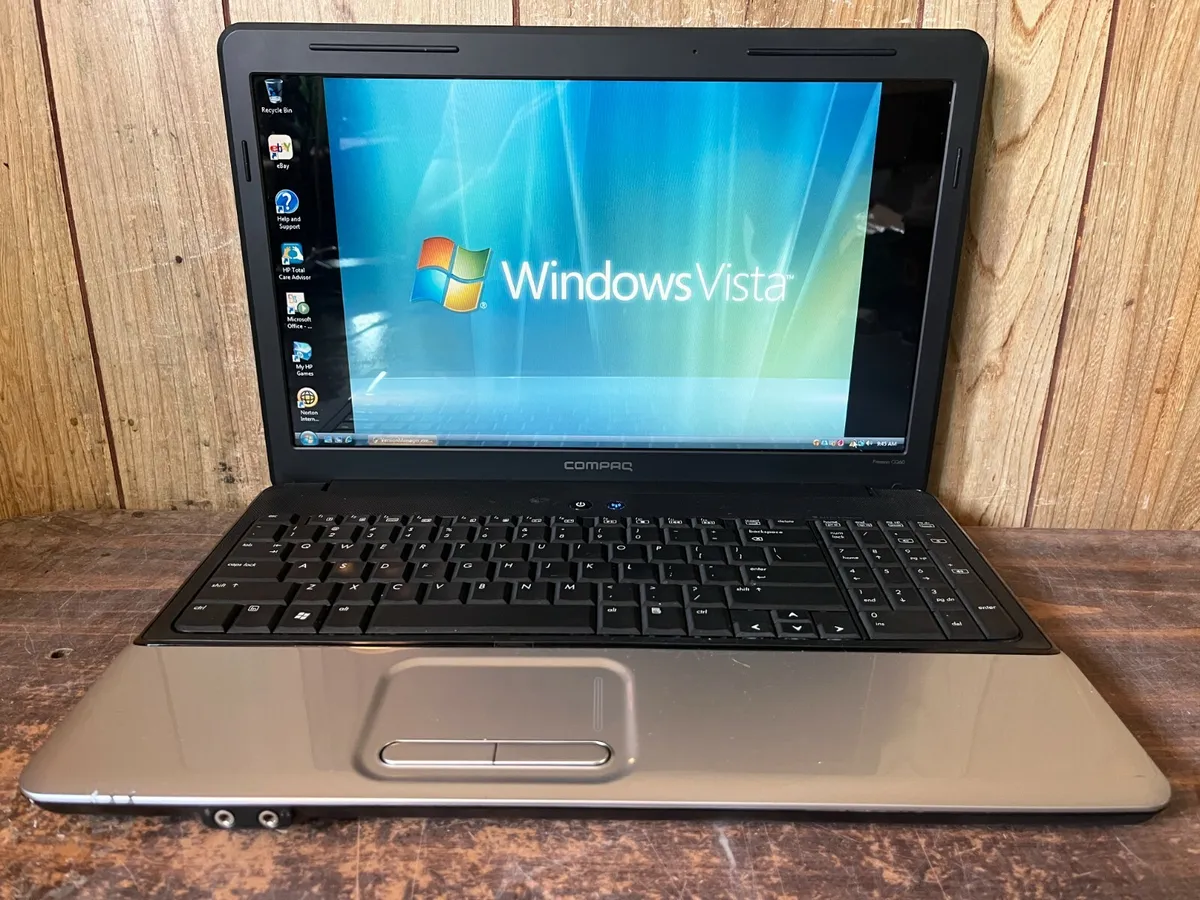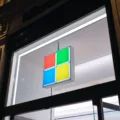Windows Vista, an operating system developed by Microsoft, was released on January 30, 2007. It was the successor to Windows XP and was designed to offer various improvements and enhancements in terms of security, usability, and visual appeal.
However, it’s important to note that mainstream support for Windows Vista officially ended on April 10, 2012. Following that, the “Extended Support” phase began, which lasted for the next 5 years, until April 11, 2017. During this extended support phase, Microsoft continued to provide security updates and patches for Vista, albeit with limited features and functionalities.
While Windows Vista initially introduced some innovative features, such as the secure User Account Control, it is crucial to acknowledge that using an operating system that hasn’t received official security patches in a significant amount of time can pose potential risks. Without the regular updates, the system becomes more vulnerable to cybersecurity attacks.
As a result, it is generally not considered safe to use Windows Vista as your primary operating system. Microsoft discontinued support for Vista in 2017, which means that no further security updates or patches are being released. This lack of ongoing support leaves the system exposed to potential vulnerabilities and compromises its overall security.
If you are still using Windows Vista, it is recommended to consider upgrading to a more recent and supported operating system, such as Windows 10. However, it’s important to note that there is no direct upgrade from Windows Vista to Windows 10. Upgrading would require performing a fresh installation of Windows 10 by booting with a Windows 10 installation file and following the necessary steps.
Windows Vista is an outdated operating system that is no longer supported by Microsoft. Its lack of ongoing security updates and patches makes it less secure compared to more recent operating systems. Therefore, it is advisable to upgrade to a newer and supported version to ensure the security and functionality of your computer.

Is Windows Vista Out of Date?
Windows Vista is considered to be out of date. The mainstream support for Windows Vista officially ended on April 10, 2012. This means that Microsoft, the company behind Windows, no longer provides regular updates, bug fixes, or new features for Windows Vista.
After mainstream support ended, Windows Vista entered the “Extended Support” phase, which lasted for the next five years until April 11, 2017. During this phase, Microsoft provided limited support, mainly focused on security updates and paid support options. However, no new features or major improvements were introduced.
Since the end of the Extended Support phase, Windows Vista has been considered unsupported by Microsoft. This means that any vulnerabilities or issues discovered in the operating system are not being addressed, making it more susceptible to security threats.
It is recommended to upgrade to a more recent and supported version of Windows, such as Windows 7, Windows 8, or Windows 10, to ensure that your computer is running on a secure and up-to-date operating system.
Can Windows Vista Be Upgraded to Windows 10?
It is not possible to directly upgrade from Windows Vista to Windows 10. Upgrading from Windows Vista to Windows 10 requires performing a clean installation of Windows 10. Here’s a step-by-step guide on how to upgrade from Windows Vista to Windows 10:
1. Backup your data: Before starting the upgrade process, it is crucial to back up all your important files and data to an external storage device or cloud storage service.
2. Check system requirements: Ensure that your computer meets the minimum system requirements for Windows 10. These requirements include a 1 GHz or faster processor, 1 GB of RAM for 32-bit or 2 GB for 64-bit, 16 GB of free hard disk space for 32-bit or 20 GB for 64-bit, and a DirectX 9 or later graphics card.
3. Obtain a Windows 10 installation media: You will need a copy of the Windows 10 installation file to proceed with the upgrade. You can either download the installation file from the official Microsoft website or purchase a retail copy.
4. Create a bootable USB or DVD: Once you have the Windows 10 installation file, you need to create a bootable USB drive or burn it to a DVD. This will allow you to boot your computer from the USB or DVD and start the installation process.
5. Boot from the installation media: Insert the bootable USB or DVD into your computer and restart it. During startup, access the boot menu by pressing the appropriate key (usually F12 or Esc) and select the USB or DVD as the boot device.
6. Install Windows 10: Follow the on-screen instructions to install Windows 10 on your computer. You will be prompted to choose the installation language, enter the product key (if required), accept the license terms, select the installation type, and choose the partition where you want to install Windows 10.
7. Complete the installation: After the installation process is complete, you may need to go through the initial setup, including configuring your region, language, and signing in with a Microsoft account. You can also customize various settings during this process.
8. Reinstall applications and restore data: Once Windows 10 is installed, you will need to reinstall any applications you were using on Windows Vista. Additionally, you can restore your backed-up data to the appropriate folders on your new Windows 10 installation.
Remember that upgrading from Windows Vista to Windows 10 will result in a clean installation, which means that all your installed programs, settings, and files will be removed. Therefore, it is essential to back up your data and make note of any applications or settings that you will need to reinstall or reconfigure after the upgrade.
Is It Still Safe to Use Windows Vista?
It is not safe to use Windows Vista. Microsoft ended its support for Windows Vista in 2017, which means that no official security patches or updates have been released for the operating system since then. This lack of support leaves Windows Vista more vulnerable to cybersecurity attacks.
One of the major benefits of Windows Vista was its secure User Account Control features, which helped protect against unauthorized access and malware. However, without regular security updates, these features may no longer be sufficient to protect the system.
Here are some reasons why using Windows Vista is risky:
1. No security updates: Since Microsoft has stopped releasing security patches for Vista, any vulnerabilities or weaknesses in the operating system will remain unaddressed. This makes it easier for hackers and cybercriminals to exploit these vulnerabilities and gain unauthorized access to your computer.
2. Increased vulnerability: Over time, cybersecurity threats evolve and become more sophisticated. Without regular updates, Windows Vista is not equipped to handle these new threats effectively. This puts your personal data, sensitive information, and system at a higher risk of being compromised.
3. Lack of compatibility: As newer software and applications are developed, they are optimized for the latest operating systems. Using an outdated operating system like Windows Vista may result in compatibility issues and prevent you from accessing certain programs, websites, or features.
4. Limited support: With the end of support for Windows Vista, you won’t be able to receive assistance or technical support from Microsoft if you encounter any issues or problems with the operating system. This lack of support further adds to the potential risks and challenges of using Vista.
It is not recommended to continue using Windows Vista as it is no longer safe or secure. Upgrading to a newer and supported operating system, such as Windows 10, will provide you with the latest security features and protection against cybersecurity threats.
What Year Did Windows Vista End?
Windows Vista, an operating system released by Microsoft, reached its end of support on April 11, 2017. After this date, Microsoft ceased to provide any further updates, patches, or security fixes for Windows Vista. It is important to note that the end of support for an operating system means that it is no longer considered secure or reliable to use. Consequently, it is highly recommended to upgrade to a more modern and supported operating system to ensure the safety and compatibility of your computer.
Conclusion
Windows Vista is an outdated operating system that is no longer supported by Microsoft. Mainstream support for Windows Vista ended in 2012, and the extended support phase lasted until 2017. This means that the operating system has not received any official security patches or updates for several years, making it more vulnerable to cybersecurity attacks. While Vista had some secure features, such as User Account Control, the lack of ongoing support increases the risks associated with using this operating system. It is not recommended to continue using Windows Vista, as there are no direct upgrade paths to newer versions of Windows. If you are using Windows Vista and want to switch to Windows 10, you would need to perform a fresh install by booting from a Windows 10 installation file. it is safer and more advisable to upgrade to a more recent and supported operating system to ensure the security and functionality of your computer.








